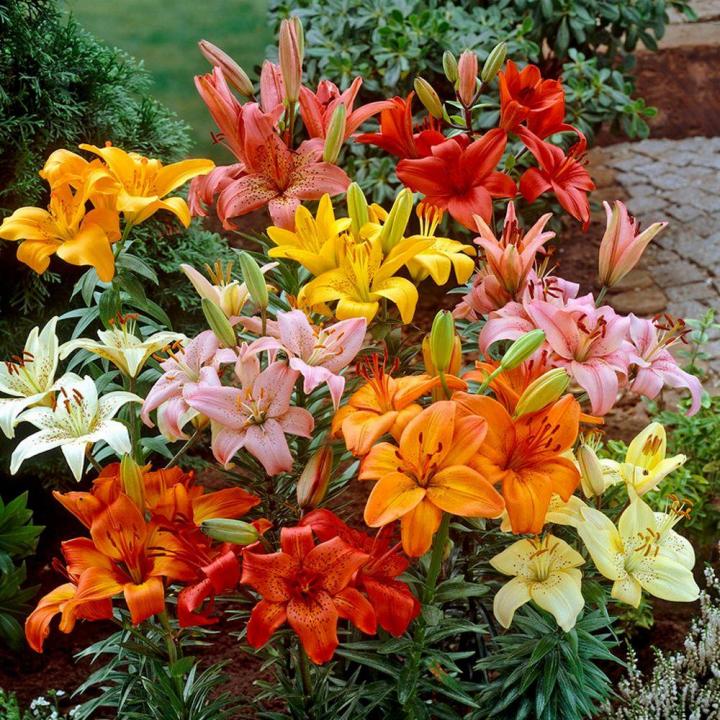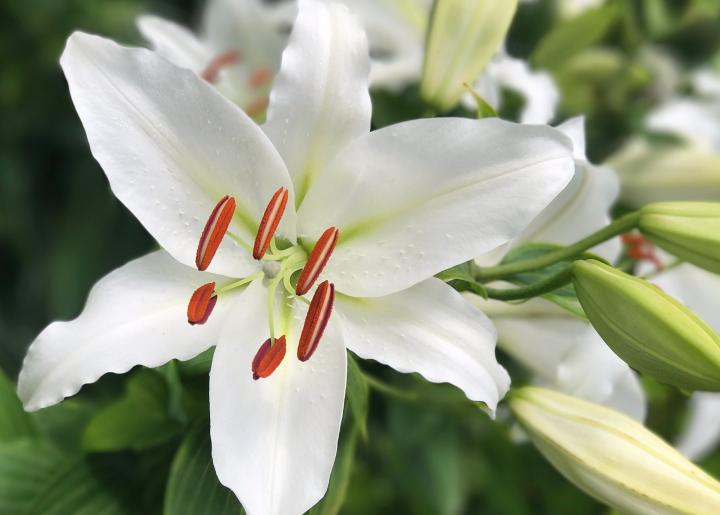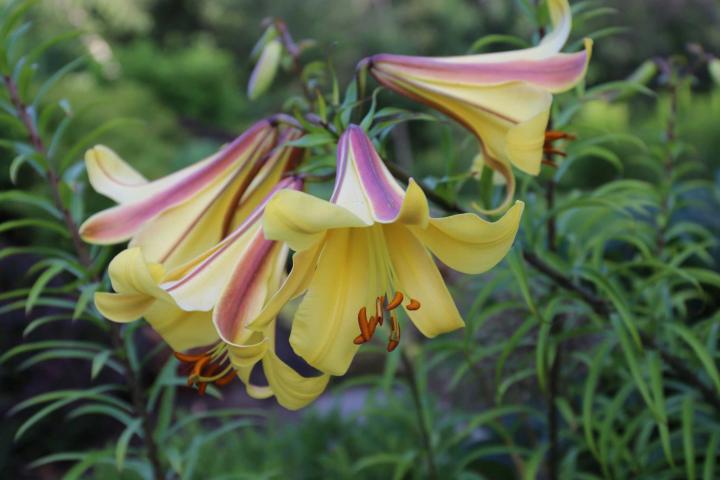
Sign up for our daily newsletter to get gardening tips and advice.
Planting, Growing, and Caring for Lilies
ADVERTISEMENT
Hi, the leaves on our white lilies are yellow and the buds are really small this year. Can you tell me what the problem is?
Yellow leaves can be caused by various factors, such as over or underwatering, lack of nutrients, too much or too little light, or low humidity. Check for diseases and pests such as aphids, which can cause distortion of flower buds and yellowing leaves.
Please keep in mind that lillies are poisonous to cats! I had to take our cats to the animal hospital for overnight IV solution to wash out the toxins, otherwise they could go into kidney failure. I thought daylillies would be ok, but there have been concerns that these are toxic as well.
Lisa-
This is so important to keep in mind, thank you for the reminder! Check out this article about Plants That Are Toxic to Cats, Dogs, and Other Pets.
I didn't find this question anywhere: I ordered lily bulbs and received them with sprouts. Should I go ahead and plant them even though the are trying to grow in the fall?
Got asian lilies as a gift. Blooms fell off 3 weeks ago. ? do I let it renew blooms w/o help or do I cut the old stems back or any advice. Thanx Joe B
Joe, I think this is what you are looking for; this and more appears on this page above:
- Lilies do not bloom more than once per season, but you can remove the faded flowers so that the plants don’t waste energy making seeds.
- After the lily blooms, you can also remove just the stem itself. However, do NOT remove leaves until they have died down and turned brown in fall. It’s very important not to cut back the leaves until the end of their season because hey help provide nourishment to the bulb for next season’s blooms.
- Cut down the dead stalks in the late fall or early spring.
I know bugs go after my rose bushes I use a mixture of soap and water. I wonder if that will work for Lily’s my daughter bought me two plants for Mother’s Day. I am working out where to plant them.
I too am infested with red lily beetles but I refuse to give up. I love my lilies too much. I have Oriental, Asiatic, Easter, and my favorite, Tiger lilies. I'm retired now (Yeah!) so at least 2 or 3 times a day I'm out with my flowers squishing those critters with my bare fingers. I used to hate killing things, (I know pesticides won't work), but to save my lilies I will do it. I also squish those dastardly gross brown globs of gook on the leaves, too. It's a challenge, but my lilies are absolutely gorgeous. I'm still winning!!!
A few years back I had a huge infestation of red lily Beatles called the Colombia extension they gave me the name of the insecticide to use it’s called ( IMIDACLOPRID ) but I had to research the product . It’s Bayern advanced complete insect killer. Now I try to be as organic as possible in my vegi garden but flowers you don’t eat. One spray and good by red Lilly Beatle .research the life cycle of that bug and you will now when to spray . i spray once in the spring just as the Lilly’s show out of the ground that kills the Beatles, as they over winter in the ground around Lilly plant. Then later if I see any activity. Spray late in the evening when it get cool so as not to hurt the bees .












